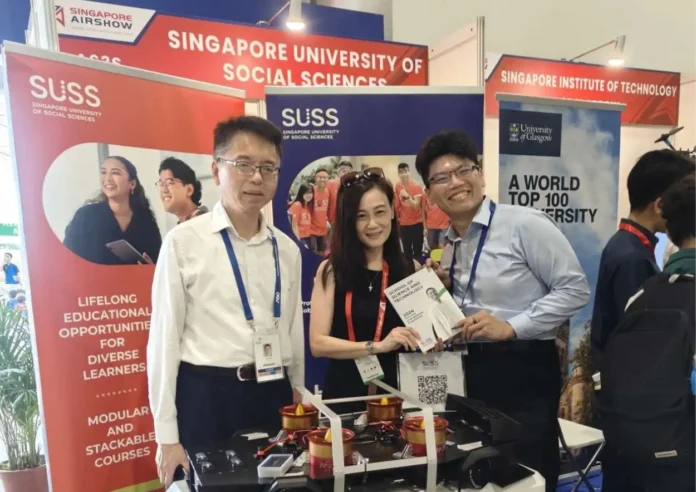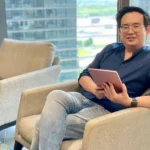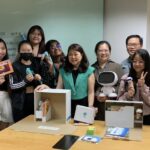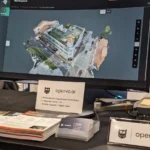Sam Ker’s journey into aerospace innovation began long before founding Unlimited Design Works. As a young boy, he spent hours doodling aircraft in his scrapbook, imagining endless possibilities. These early dreams sparked a lifelong passion for aerospace engineering. He soon discovered a talent for creating conceptual designs that could revolutionize the industry, which required balancing...
RELATED ARTICLES
© NewInAsia.com 2025








